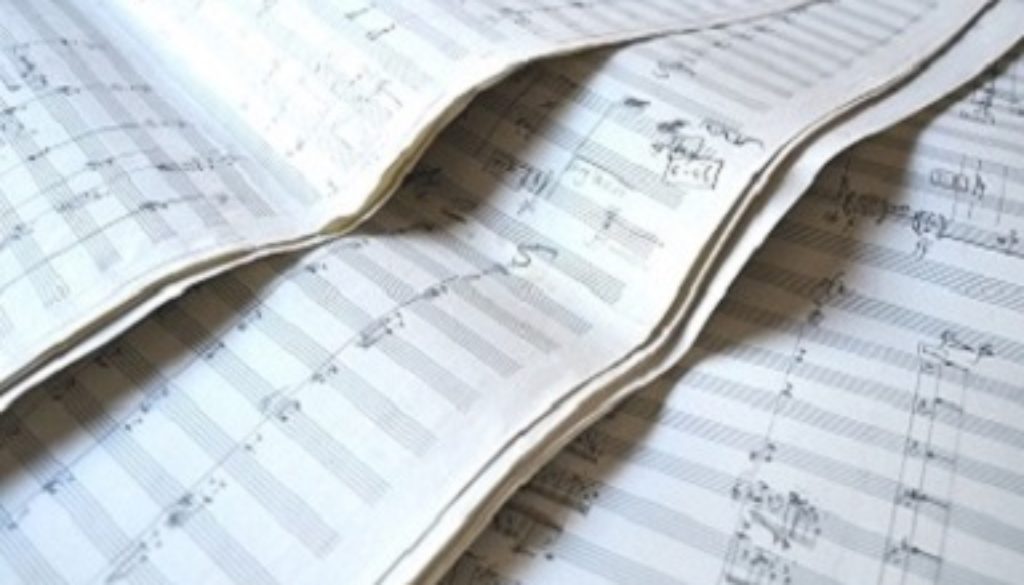What is Music?
Music for some, noise for others – what is it that categorizes a set of complex vibrations as one or the other?
We often characterize classical western music under the headings pitch, rhythm, dynamic, and timbre. Pitch and rhythm are almost universals, although the weighting between the two can be different. Here are two examples where pitch is unnecessary:
We find this predominance of rhythm over pitch very occasionally in classical western music. Here is a notable example, in Steve Reich’s music:
The opposite, a predominance of pitch over rhythm, is moderately common in western classical music as a slow fioritura, but it is always used as a momentary break in an otherwise rhythmically defined passage. Here is one example, a non-metred measure from the violin concerto by Beethoven:
What of the other two, dynamic and timbre? Before the time of J. S. Bach, dynamics were not an issue – you played loudly or softly, and it was obvious which one you did! Bach introduced the ‘echo effect’, where the same music was played, first loudly, then softly:
But the real innovation for dynamics was the crescendo (getting louder). It was an innovation of classical music than caught on immediately and became, in romantic music, almost as important as pitch and rhythm. Gioacchino Rossini was so fond of this device that his use of it became termed the \’Rossini Crescendo\’:
(an even longer example is the first four minutes of Richard Wagner\’s opera Das Rheingold. The longest example in western classical music is Maurice Ravel\’s Boléro).
Even on the scale of a few seconds, the effect of a crescendo can be electrifying. Compare the opening of Grieg’s piano concerto, first with the crescendo he wrote into the score, and then without it:
Timbre is the fourth category, and like dynamic it is usually not integral to the music. A piano could play three different pieces, and although the timbre is the same it would be clear that distinct pieces are being played. But what if we hear a piece on voice, then on piano, then orchestra? Can you tell that it is the same piece? Listen to this:
Timbre makes no difference! Beethoven is Beethoven even on a tin whistle…
There are of course other criteria by which music could be classified – contour, form, density, key structure, and so on. But what about noise? In reverse order, the timbre of a hiss may distinguish its origin, but it remains a hiss (surf on the seashore; a boiling kettle; a cat; the wind in the grass). Is there a crescendo in noise? Yes, and it gives specific information, just like the crescendo in music (the approaching storm; a plane receding into the distance; the ebb and flow of the waves). Noise usually does not have rhythm, or repeated patterns in time, and this is a big distinction between music and noise. think of the percussion section of an orchestra: noise in the service of music! In classical western music it is used to mark an accent, or to mark the rhythm:
The biggest distinction is in the arrangement of pitch. ‘Arrangement’ is the exact word here: music is an arrangement of pitches so precise that they are called ‘notes,’ and those notes are organized into groupings that relate the notes to each other in logical ways. Noise does not have this framework. I must be very precise in how I state this: notes and their relational framework are not music; they are one of the ingredients that we use to make music. I could for example take those notes in a seemingly random order and throw them together. Would this make music? Listen:
Was that music? Well, contrary to what you might think, maybe it was… But that must be the subject of the next blog.
